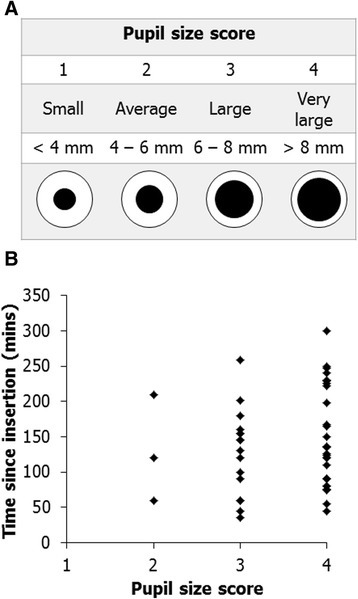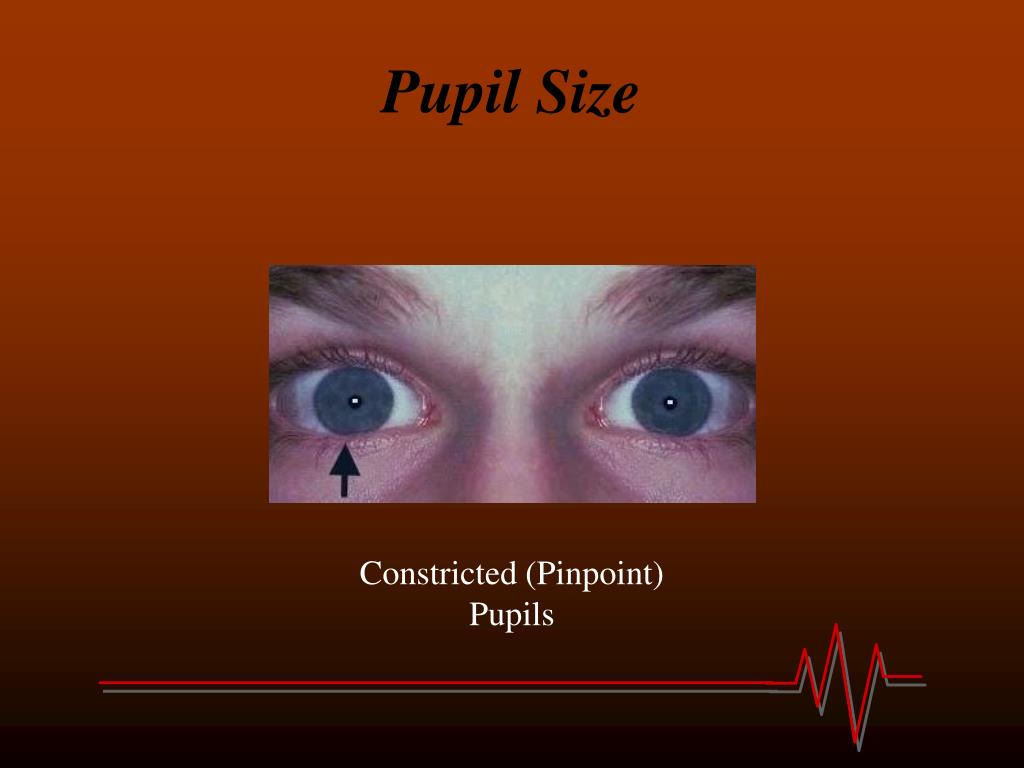

Still, there is a part of me that is always going to worry unless I know FOR SURE that he doesn’t have this Horner’s syndrome. He also wasn’t concerned, especially after hearing that the ophthalmologist wasn’t concerned. I was still worried so I brought him into his pediatrician's office for a second opinion. This is not the official test to rule out Horner’s syndrome. When I mentioned Horner’s syndrome he said “Well I can see you’ve been googling…” and then put some eyedrops into his eyes to dilate them and then examined them. I can't post a photo of him but the an ophthalmologist said the difference is about 1mm.Īnyways, of course I started freaking out being the person I am, and rushed him to an ophthalmologist who told me he wasn’t worried. It's hard to tell but from photos it looks like my son has had this since birth. My husband seems to have one pupil that's slightly bigger as well, but it's not as noticeable as with our son. It’s fairly common to have this and apparently 15-20% of the population is affected (look up “physiological anisocoria”) but in rare cases it can be caused by something called Horner’s Syndrome, which can sometimes be caused by neuroblastoma. More obvious in dim lighting when the pupils are big. Both dilate but one is always a little larger. If you are trying to learn more specifics about the location within the brain that is damaged by shaking a baby, read on as we give a little background about specific head injury patterns often associated with SBS or abusive/non-accidental head trauma.About two months ago when my son was four months old I noticed that he has two different sized pupils. Improperly or untimely treated SBS may cause paralysis, deafness, learning disabilities, cerebral palsy and seizure disorders. If timely and effective treatment for the bleeding and swelling within the brain does not occur, serious neurological damage will likely occur or death may result from increased intracranial pressure and brain herniation. The bleeding in the brain will cause high pressures inside the cranium and globes of the eyes. The brain bleeds in many areas from the shaking forces with or without bruising, contusions and skull fractures. The second and most damaging sign associated with SBS is damage to the brain, including damage to the blood vessels in the brain. Absent or diminished pupillary reflexes may be present which is, again, another sign of increasing damage inside the brain. Unequal pupils are a “late” sign of brain trauma in babies, meaning that there is significant, new and additional pressure inside the brain sufficient to have caused the nerves controlling the pupil size in one eye to change from its normal size, while the pupil size on the other side remains normal. Pupils may be small or large, or unequal in size. Subtle symptoms such as not focusing or tracking items may be the only physical finding that an infant demonstrates on an eye exam. But, in severe cases, blindness or permanent visual impairment may result from SBS. Retinal hemorrhages may clear up if the condition occurs in mild cases of SBS. The infant’s eyes may get injured and diffuse bleeding (hemorrhages) of both retinas may be present for several days after the injury. One of the most-recognized classic signs associated with SBS is retinal hemorrhage, or bleeding. There may but not necessarily has to be evidence of new and old fractures on the ribs from multiple episodes of shaken baby syndrome and child abuse. Infants with SBS and non-accidental head trauma may but do not necessarily have co-occurring injuries such as skull fractures, neck strains and fractures, spinal strains and fractures, rib fractures, extremity fractures and bruising on the chest and/or abdomen and extremities. Once SBS is diagnosed, other evidence of abuse may be discovered. difficulty breathing and sudden respiratory arrest.head control may be absent in an older infant that previously had head control.



the head may stay turned to one side in a resting position.low or excessively high muscle tone in the extremities or trunk.irritability - both from brain swelling and from pain.The infant or child, however, may display one or more of the following alarming signs or symptoms: It is important to remember that there may be no bruising, scrapes or outward signs of physical trauma in victims with Shaken Baby Syndrome.


 0 kommentar(er)
0 kommentar(er)
